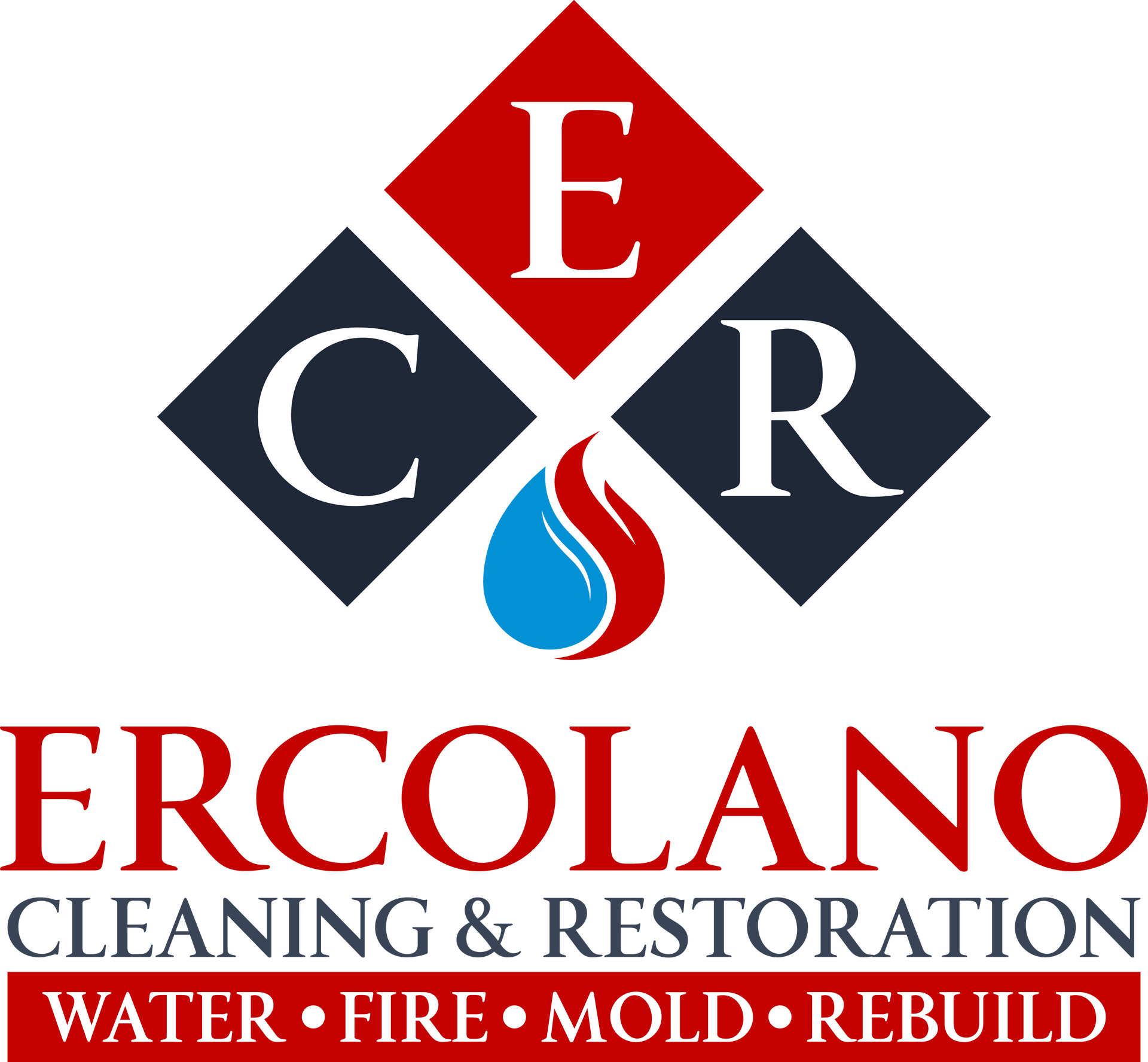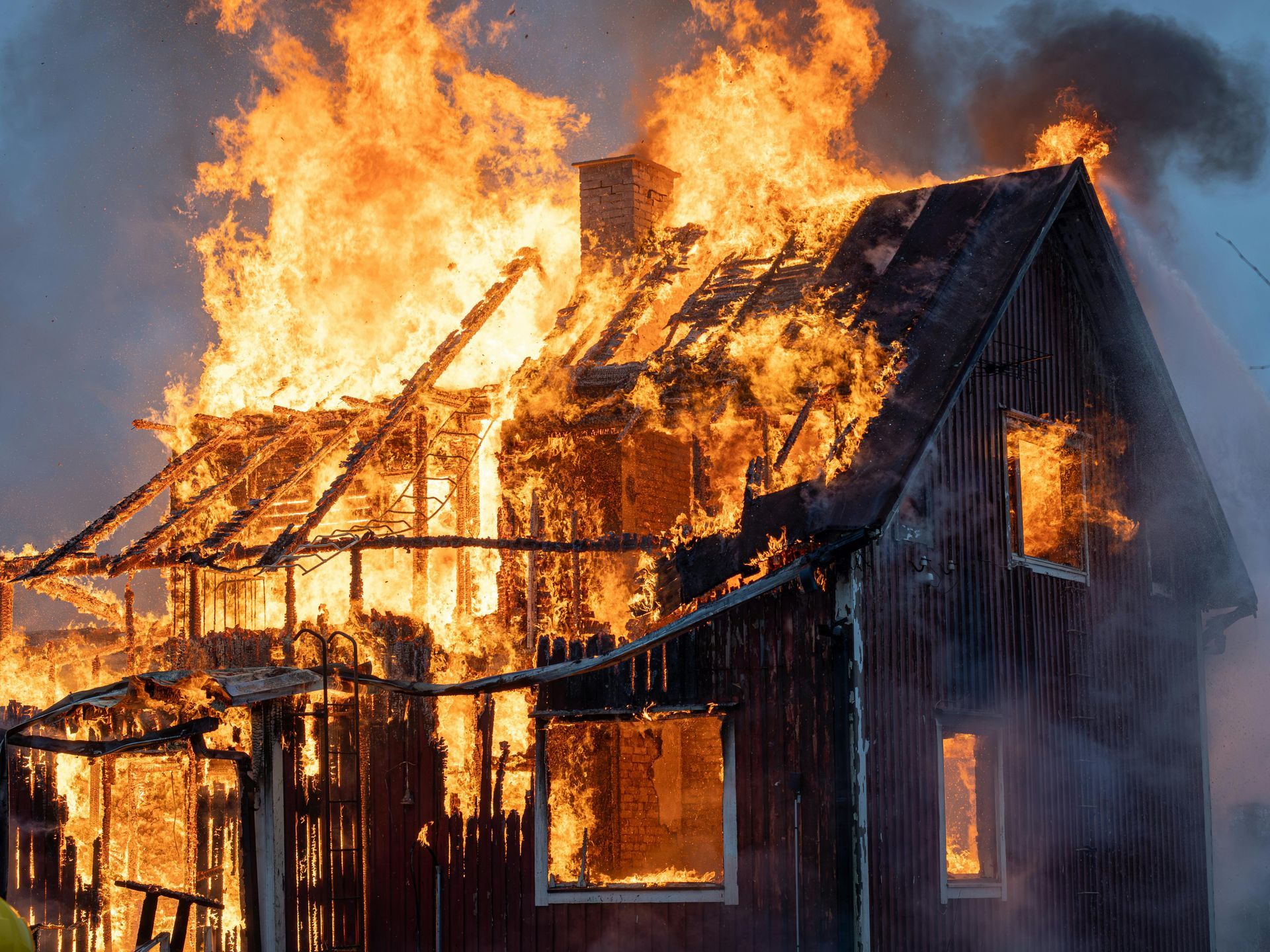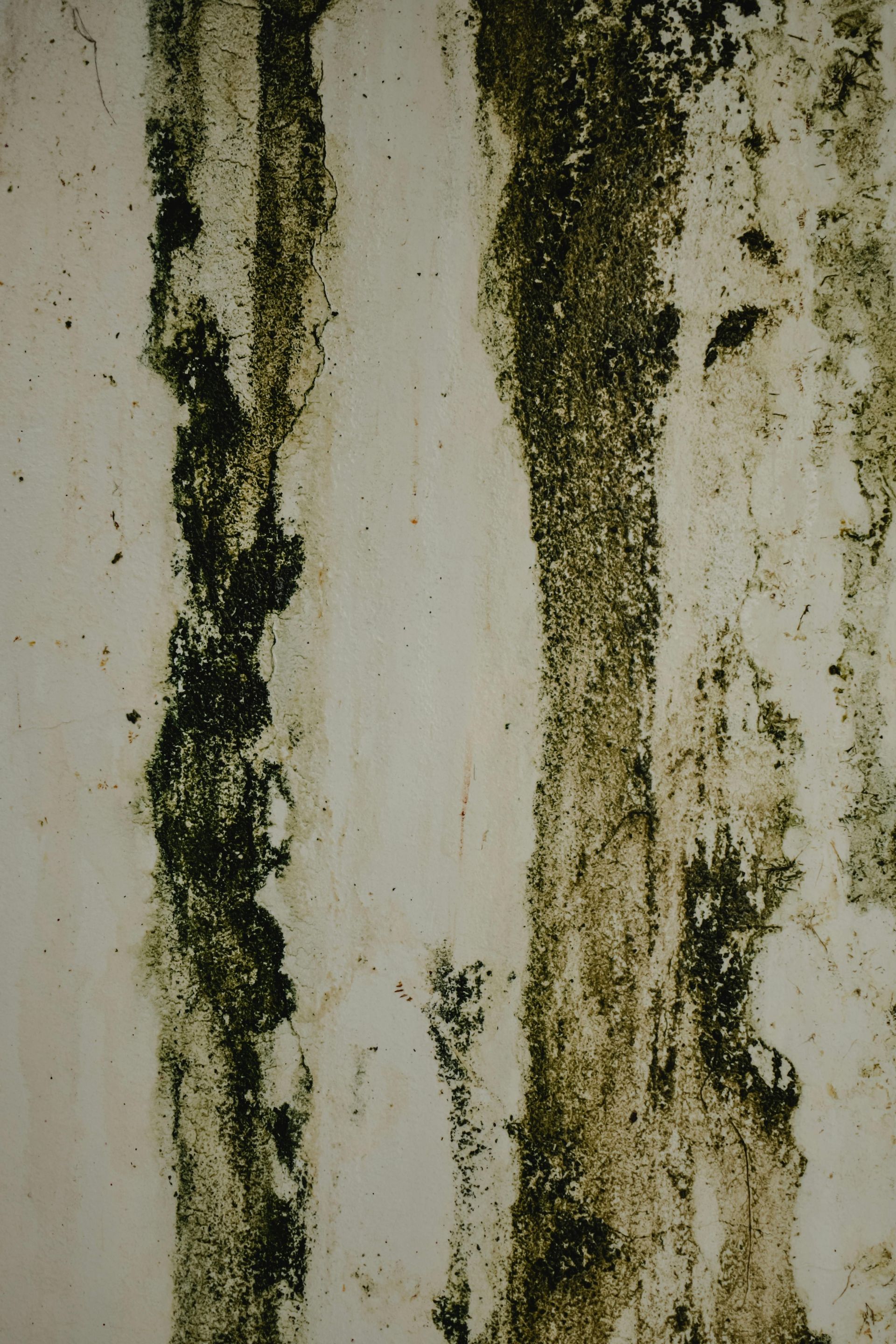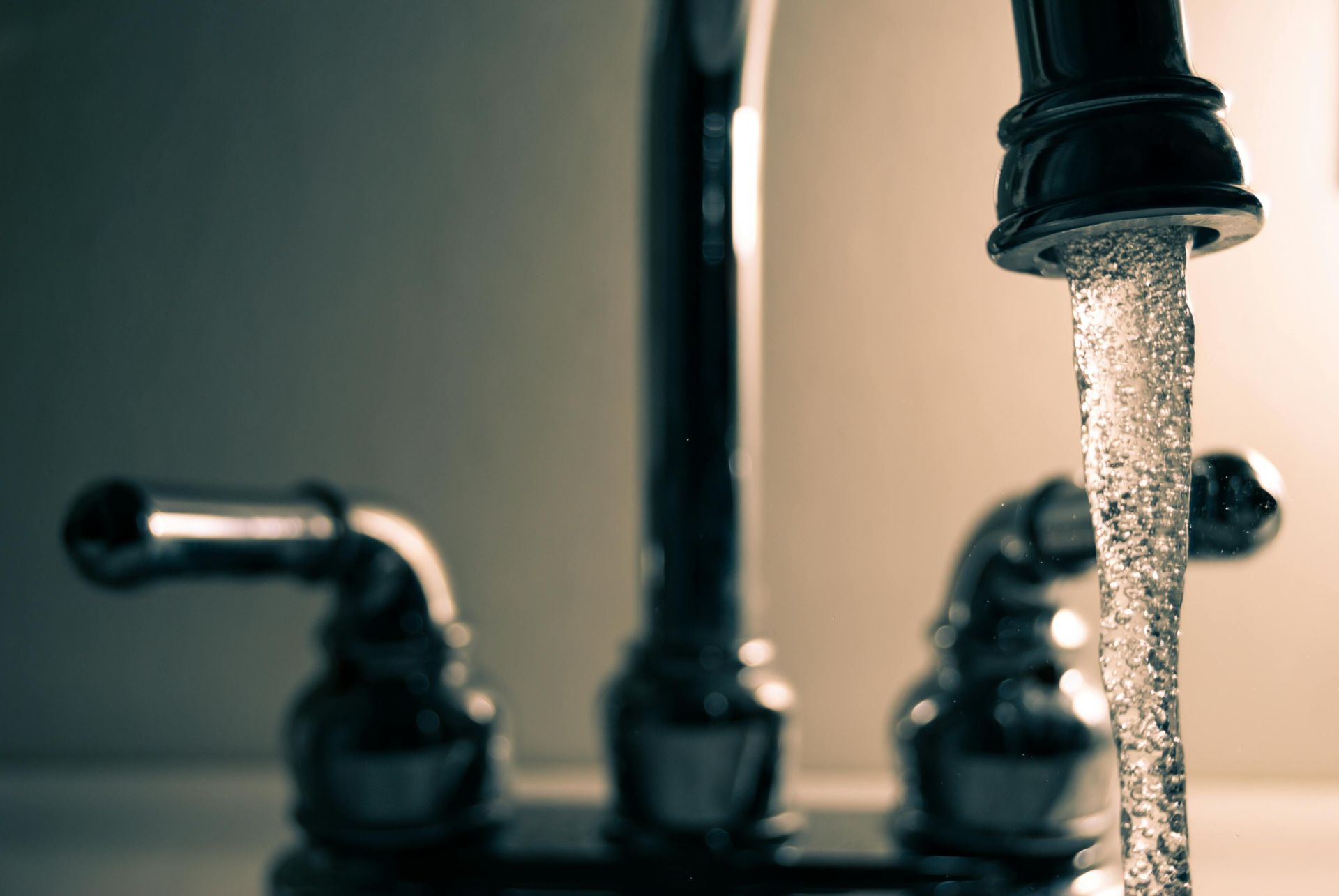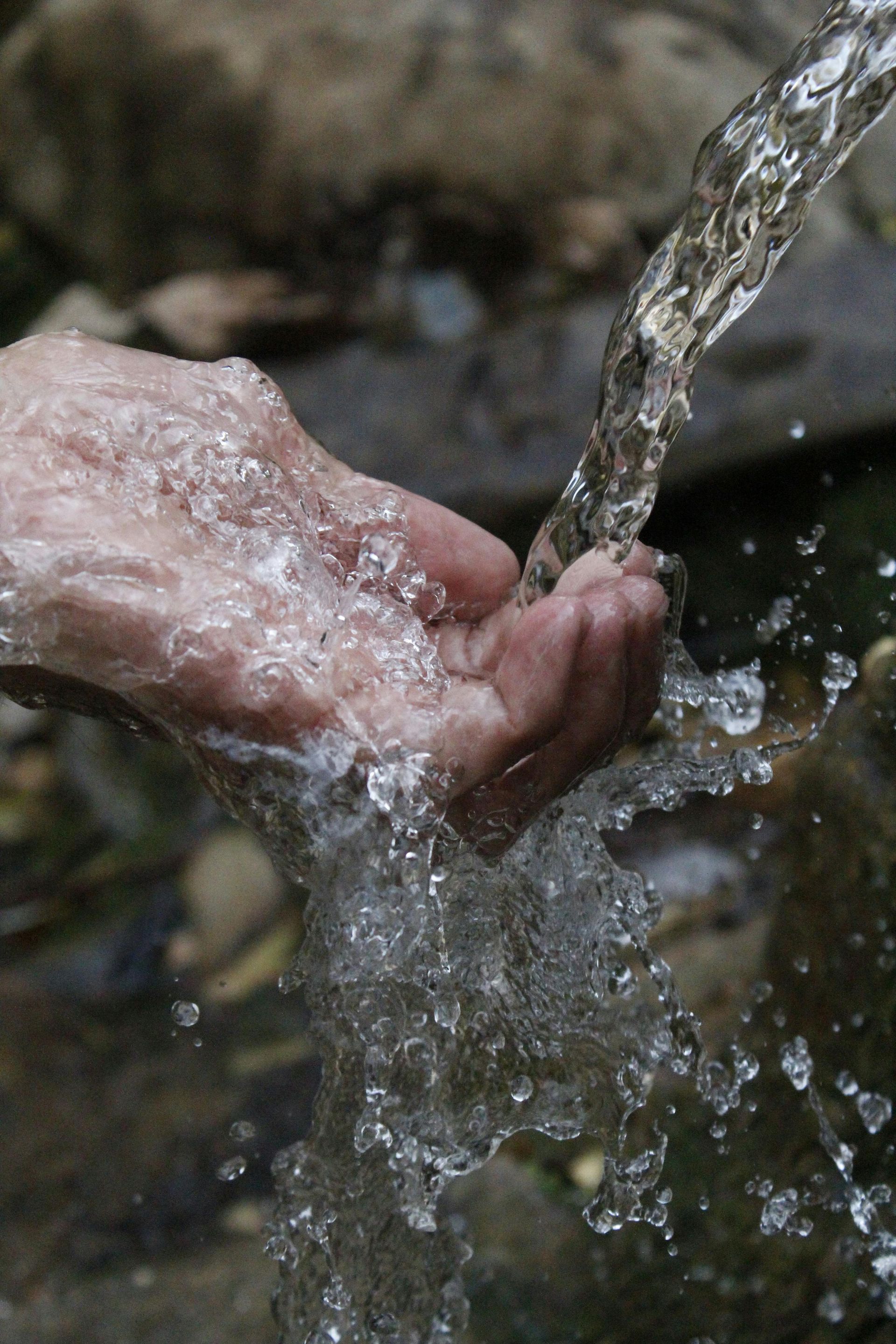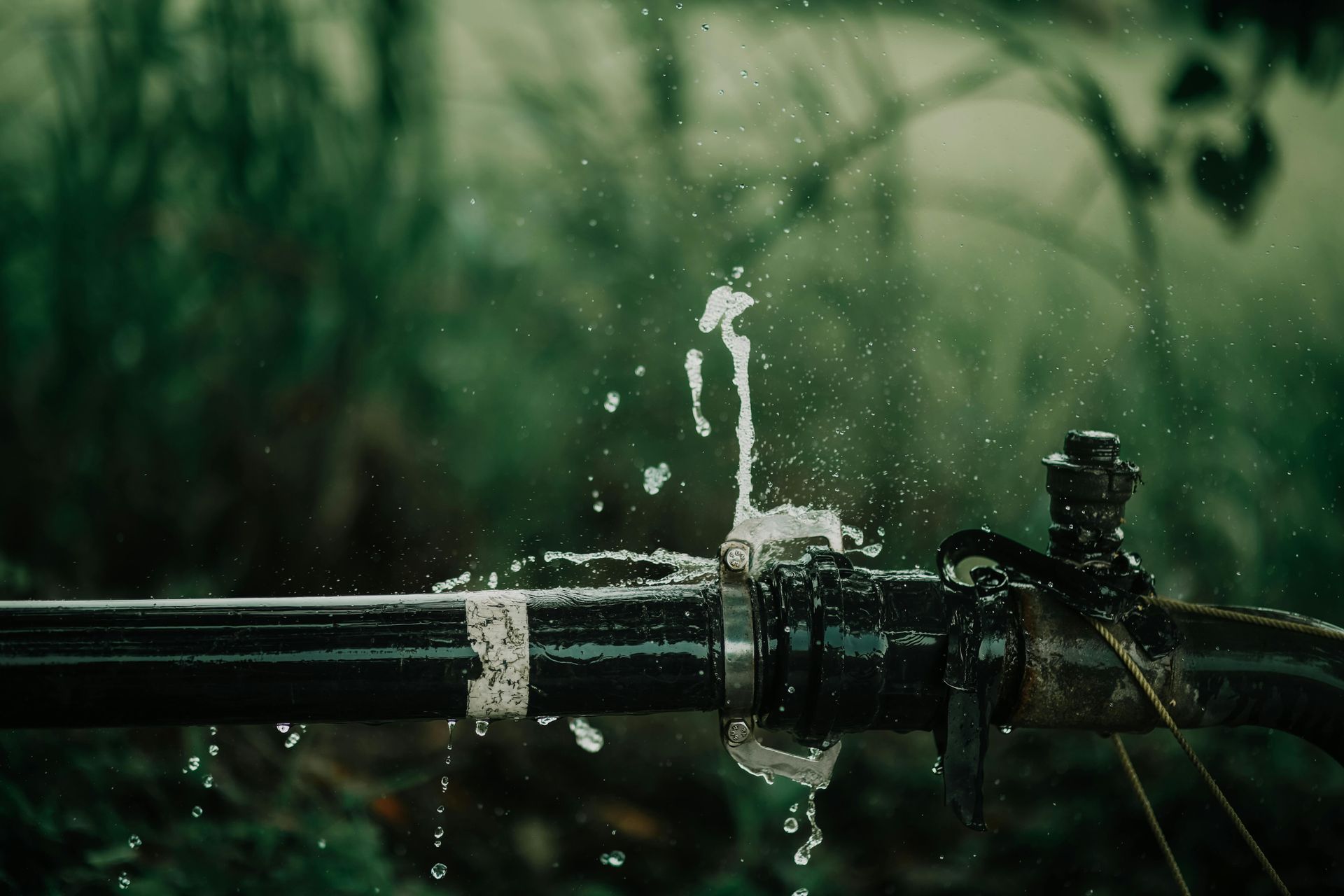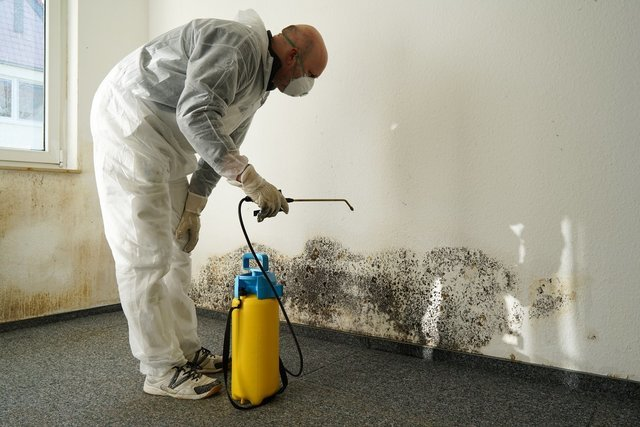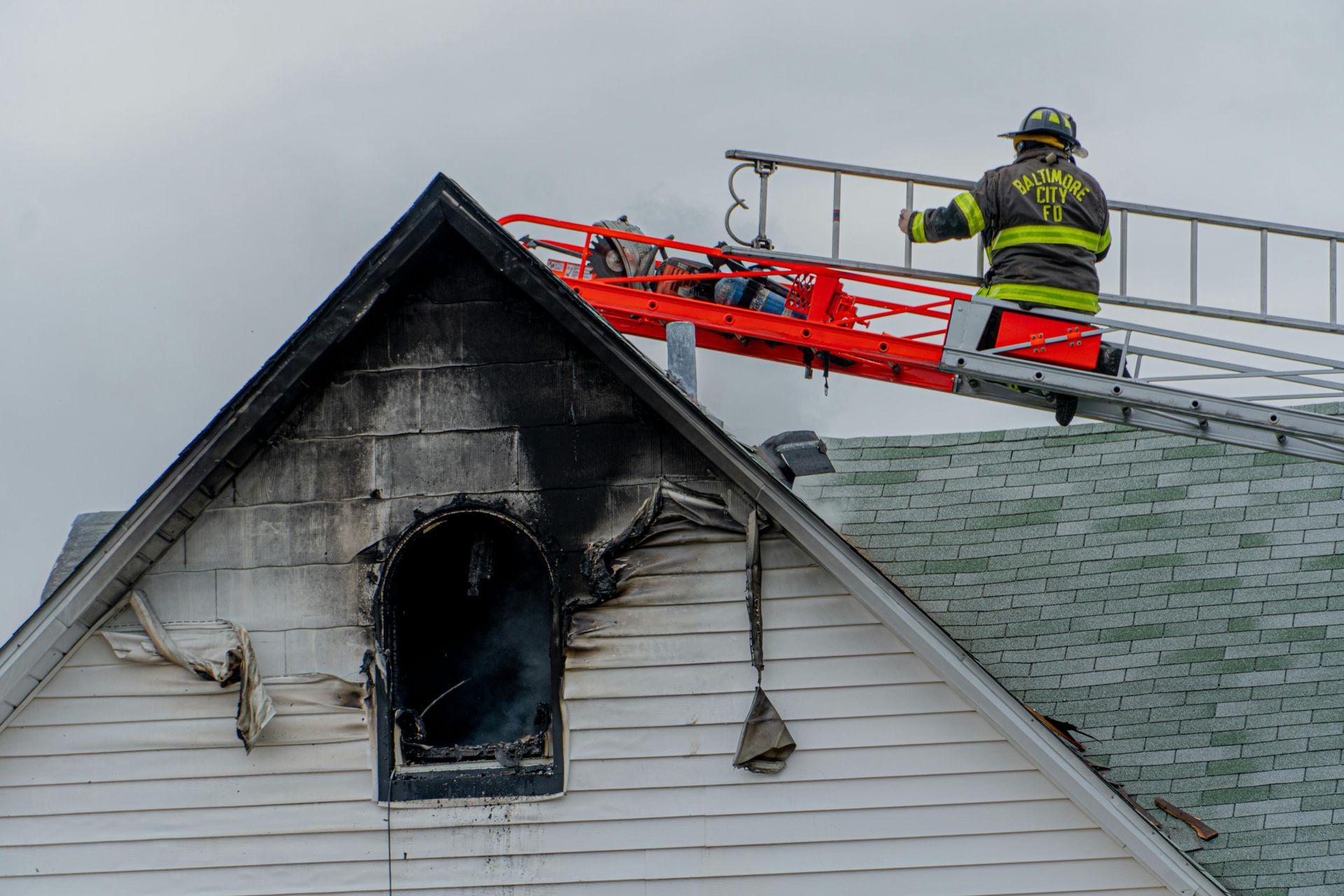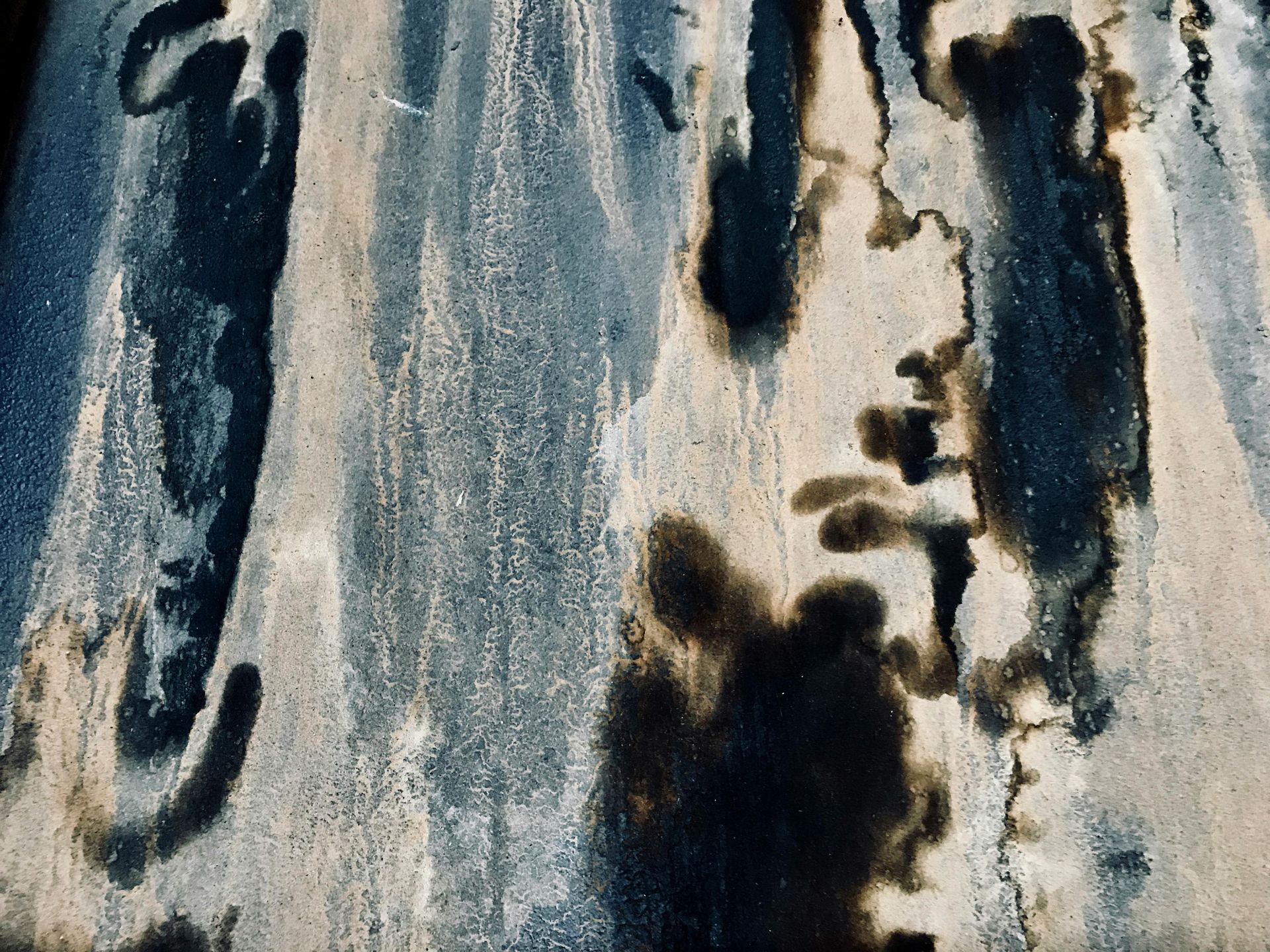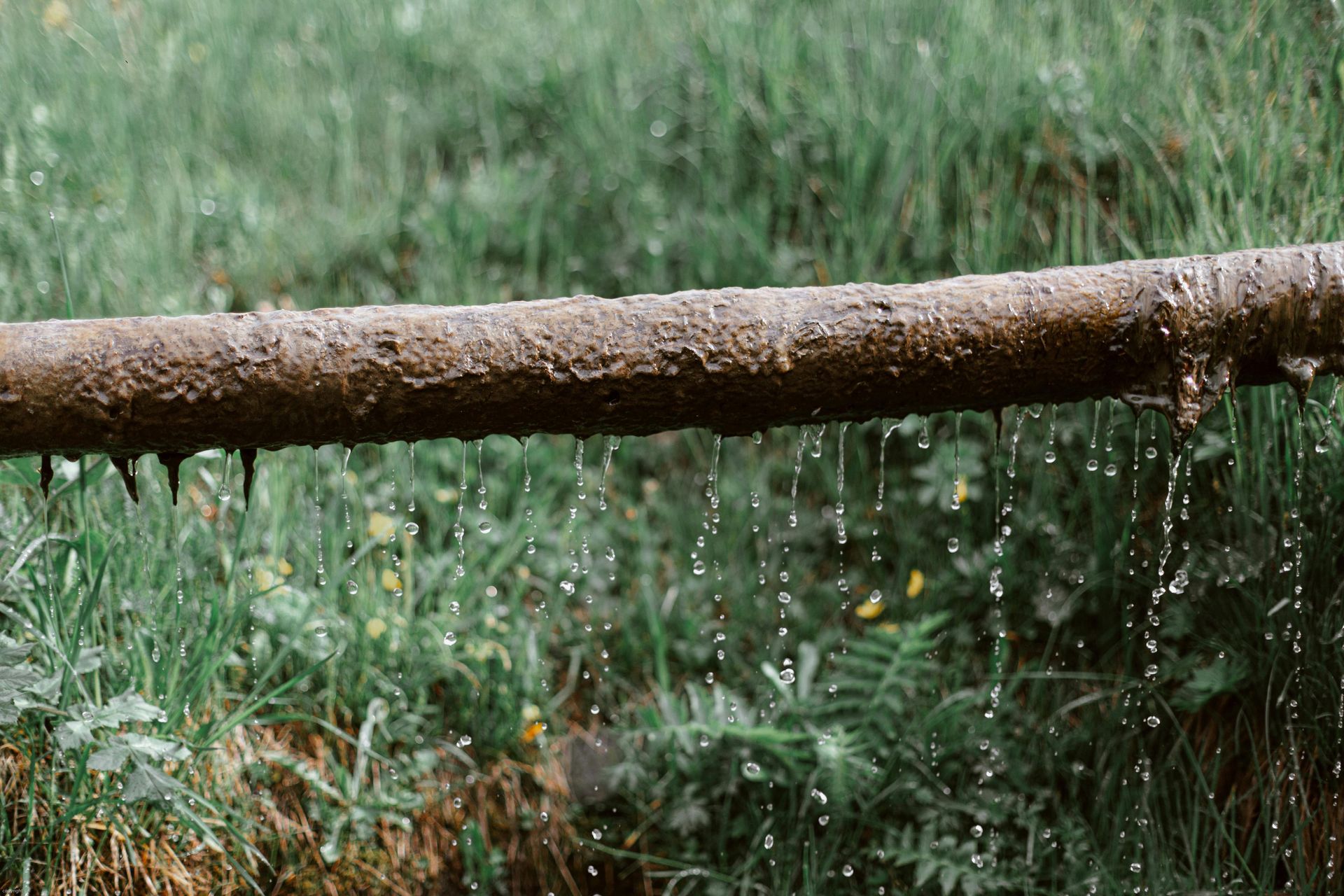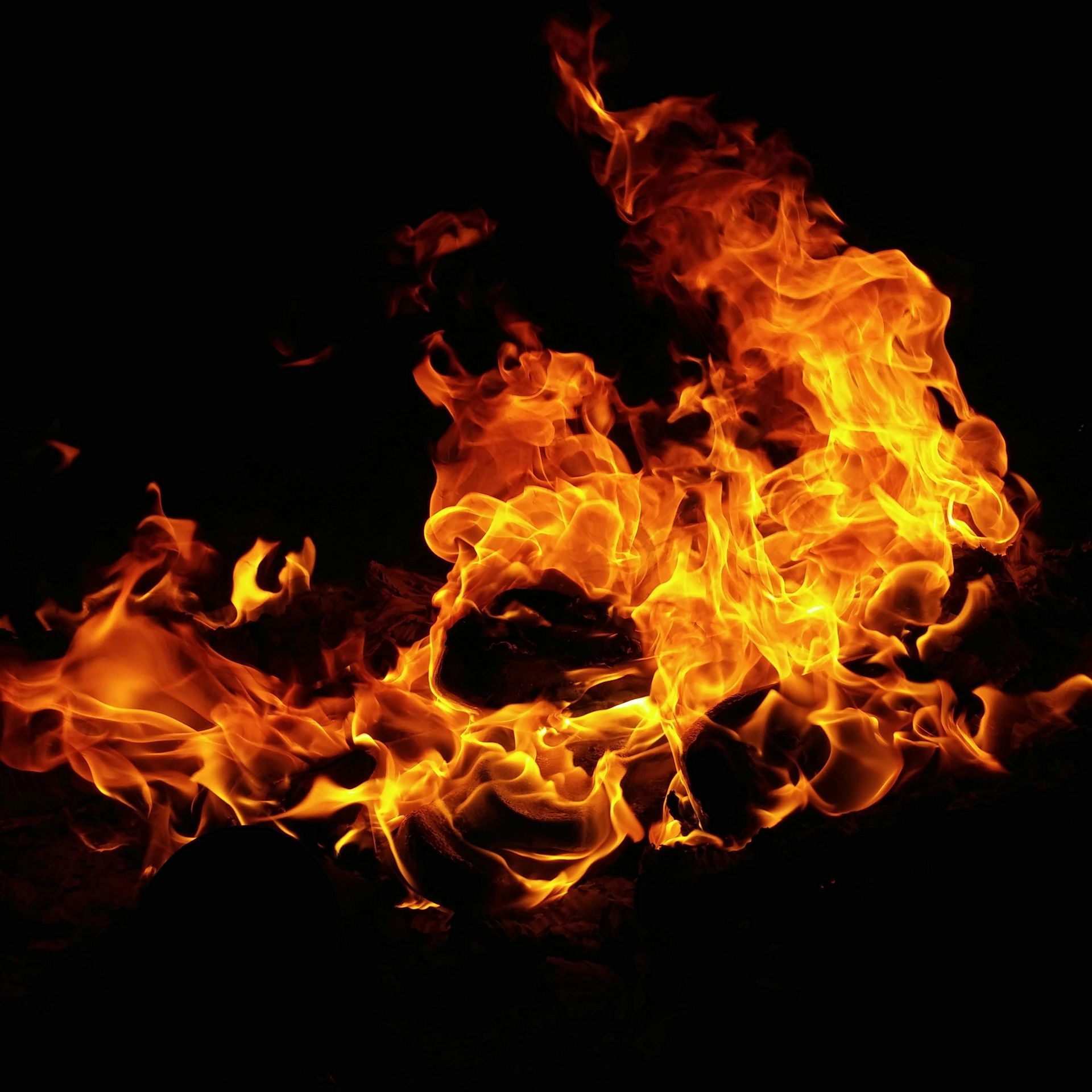The Different Types of Fire Damage and Their Causes
Exploring the Different Types of Fire Damage and How They Occur
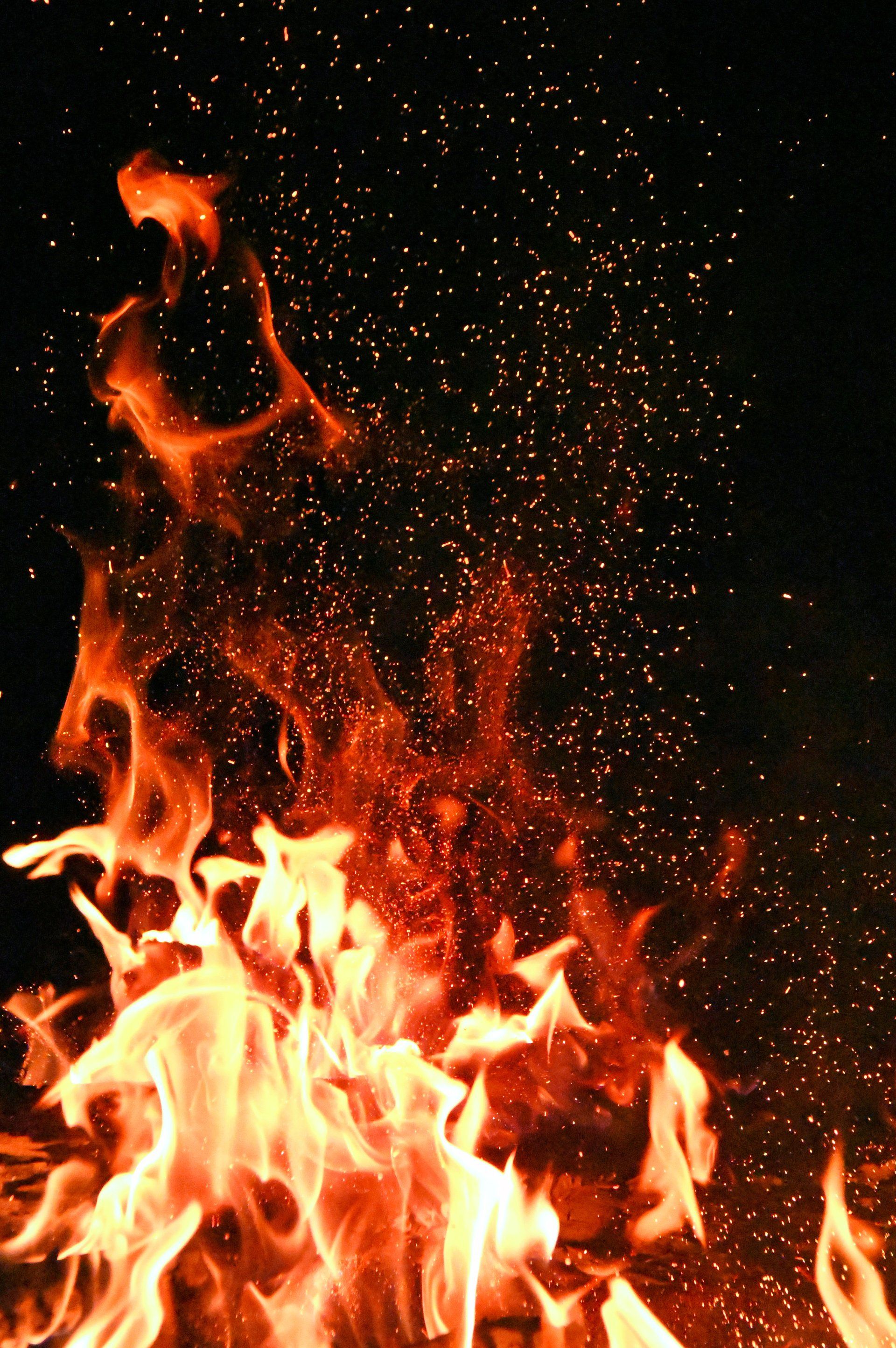
Fire damage is a serious issue that homeowners need to be aware of. It can cause extensive and costly damage, both physically and emotionally. Understanding the different types of fire damage, their causes, and how to protect yourself from them is essential for any homeowner. In this article, we will discuss the various types of fire damage encountered by homeowners, what causes them, and how to prevent or mitigate the damage. We will also discuss what steps homeowners should take if they find themselves dealing with fire damage. By understanding the different types of fire damage, you can better protect your home and yourself from harm.
Smoke Damage
Smoke damage can cause a plethora of problems to one's health and property. The most common causes of smoke damage are combustion of materials such as wood, plastic, and fabric and incomplete combustion due to lack of oxygen or fuel.
When combustible items burn in an enclosed space such as a home or office building, the toxic fumes produced can cause severe respiratory problems for anyone living in the affected area. This type of toxic smoke is especially dangerous for people with pre-existing health conditions like asthma or COPD. Furthermore, the accumulation of soot particles on walls and furnishings within the structure can lead to other long-term issues, such as discoloration and weakening of surfaces over time, if not adequately addressed.
Additionally, smoke damage can have a devastating effect on property. Any items that have been burned in the fire can be completely destroyed and rendered unusable. It is important to note that even non-combustible items like metals can suffer from smoke damage due to the high temperatures of the fire itself. Smoke particles also tend to penetrate into cracks and crevices, making them difficult to remove without special cleaning techniques or products. The smoke odor itself can cling onto walls, furniture, and other objects within a structure for months if not addressed promptly.
Smoke damage has serious consequences on both health and property. It is important to take proper measures to prevent such disasters from occurring, as well as address any existing issues.
Types of Smoke Damage
Smoke damage can take many forms and can range from visible soot on walls, carpets, and furniture to microscopic odor particles that are undetectable to the eye but still linger in the air.
- Visible soot is usually caused by slow-burning items such as wood or fabrics burning at low temperatures. This type of smoke tends to cause a darkening and discoloring of surfaces, with the soot settling into carpets, fabrics, walls, etc.
- Invisible odor particles are microscopic bits of smoke that are too small to be seen but can still cause an unpleasant smell in the air. These particles are usually caused by fast-burning items such as plastics or petroleum products burning at high temperatures. These particles can linger in the air for a very long time and can cause an unpleasant smell that is difficult to remove.
Structural Damage
High temperatures can cause structural damage by weakening or melting building materials. For example, heat from a house fire can easily melt vinyl siding and weaken wood framing, while high ambient temperatures outside the home may lead to weakened wood framing due to expanded moisture levels in the wood. Soot and smoke from a fire can penetrate porous surfaces such as drywall, causing discoloration and weakening of the material. Additionally, smoke particles are acidic in nature, which can corrode metal components such as window frames or door hinges.
Structural damage caused by temperature changes and fires has significant impacts on the safety and value of a property. Damaged structural elements may no longer be able to support loads that they were designed for, putting occupants at risk of injury should a collapse occur.
Additionally, the weakened materials may be more susceptible to future damage and require frequent repair in order to maintain safety. This can significantly reduce the value of the property as buyers are likely to overlook a home with recurring maintenance problems. Furthermore, insurance companies may refuse to insure or significantly raise rates on properties that have been structurally damaged due to fire or temperature changes.
Therefore, it is important for homeowners and potential buyers alike to understand the risks associated with structural damage caused by heightened temperatures and fires so they can make informed decisions about their properties.
Types of Structural Damage
Structural damage to buildings is a common and costly problem. It can take many forms, such as warping, buckling, and collapse.
- Warping occurs when the structure of a building has been distorted in some way due to changes in temperature or pressure. This distortion may cause walls to become crooked or floors to tilt.
- Buckling occurs when a structure has been weakened due to excessive loads or inadequate materials, causing it to bend under pressure.
- Collapse happens when the damage is severe enough that the building can no longer support its own weight and collapses onto itself.
Water Damage
Water damage can be caused by the use of water to extinguish a fire. When a large amount of water is used on burning structures, it can cause structural damage and cause items to become soaked with water. This sopping wet environment also encourages the growth of mold, which can have serious health implications for humans who are exposed to it. Inhaling mold spores over an extended period of time can lead to respiratory issues such as coughing, wheezing, and asthma-like symptoms.
In addition to causing health problems, water damage from fires can also create significant financial hardship as expensive repairs may be required in order to fix any structural damage or replace ruined furniture or belongings due to saturation with water. Furthermore, if left unaddressed, mold can cause significant damage to a home and could necessitate expensive remediation.
In order to minimize water damage from fires, it is important to ensure that only professional firefighters are allowed to handle the fire extinguishing process. It is also important for homeowners to address any water damage immediately after the fire has been put out in order to mitigate potential health and financial risks. Taking these steps will help protect people from the potentially devastating consequences of water damage caused by fires.
Types of Water Damage
Water damage can come in many forms, from saturation of materials to corrosion of metal surfaces and even mold growth.
- Saturation of materials happens when water is absorbed into the material itself. This often leaves the material weakened and unable to support its original purpose.
- Corrosion of metal surfaces occurs when water makes contact with certain metals, such as iron or steel, and causes them to rust.
- Mold growth happens when moisture collects in dark places and encourages the growth of mold spores. Mold often has a musty odor and can leave discolored patches on walls or other surfaces if not removed quickly.
Chemical Damage
Chemical damage is a severe form of property damage that occurs when materials in the home are exposed to chemicals during a fire. The extreme temperatures of the flames can cause certain chemicals to become airborne, which then causes extensive damage to furnishings, walls, and other items within your home. Not only does this result in costly repairs, but it can also create serious health risks for anybody who is exposed to the chemicals.
Chemical damage can be especially dangerous when inhaled, as it may cause a range of respiratory illnesses ranging from irritation and coughing to more severe conditions such as asthma or bronchitis. In addition, ingesting these airborne toxins can lead to digestive issues and even poisoning. It is important to take steps to protect yourself from chemical damage in the event of a fire by limiting exposure time and wearing a protective mask if possible.
Another consequence of chemical damage is that it can drastically reduce the value of your home. As mentioned earlier, the repairs necessary in order to repair the damage are often costly and may not be covered by insurance due to its classification as fire damage rather than chemical damage. This means that your home could suffer significant financial losses due to the fire, and this can be very difficult to recover from.
Types of Chemical Damage
Chemical damage is one of the most common types of degradation seen on surfaces. It can often manifest in several ways, including discoloration, pitting, and etching of surfaces.
- Discoloration occurs when certain chemicals react with pigments or other substances present in surface material, causing it to change color or become stained.
- Pitting is caused when certain chemicals penetrate and erode the surface, creating depressions or holes.
- Etching occurs when acids react with a surface material to wear away its top layer, leaving behind an uneven texture.
Electrical Damage
Electrical damage can be particularly disastrous when it causes a fire. Faulty wiring, overloaded circuits, and other electrical issues are the main culprits for these fires. When this kind of fire occurs, the property is at risk of experiencing serious damage that could impact its safety and value.
The first sign of potential electrical damage is usually excessive heat. This can be caused by overloaded circuits or wires that have been poorly insulated. If left unchecked, this heat can cause a spark and eventually lead to an electrical fire. The flames from these fires spread quickly, resulting in extensive damage to the property.
In addition to the direct impact of an electrical fire, there are other issues that can arise. For example, smoke and soot from the fire can cause further damage to walls and furniture. In addition, toxic chemicals may be released into the air, which could be dangerous to inhale.
Finally, electrical fires can have a serious impact on property values. Property owners may not be able to obtain insurance coverage at a reasonable cost or even at all. Furthermore, the damage caused to the property may be so extensive that its value is significantly impacted.
Types of Electrical Damage
Electrical damage can come in many forms and can be caused by various sources, such as faulty wiring, overloaded circuits, lightning strikes, or surges.
- Damage to electrical panels is one of the most common types of electrical damage, and a power surge or lightning strike often causes it. This type of damage can cause serious harm to your equipment if left unchecked, such as a house fire or shock hazard.
- Damage to wiring can be caused by age, moisture, rodents, and improper installation. This type of damage can cause shorts and hazards that can ultimately lead to an electrical fire or other dangerous situations.
- Appliance damage is also common with electrical systems. Common sources of appliance damage include overloading circuits, lack of maintenance, and improper installation. In any of these cases, damaged wiring or appliances can lead to power failure or dangerous shocks.
Looking for Fire Damage Experts? Try Ercolano Cleaning & Restoration!
Fire damage can come in many forms, and there are several causes for each. Structural fire damage is caused by flames burning materials such as wood, plastic, or insulation. Smoke damage is caused when smoke particles embed themselves into walls, carpeting, furniture, and other surfaces. There are also potential health issues caused by smoke inhalation, chemical residue from the fire, and other sources.
When it comes to restoring your home after a fire disaster, it's important to entrust a professional team that has experience in dealing with different types of fire damage. Ercolano Cleaning & Restoration in New Haven, CT, is dedicated to helping you reclaim your home after a fire. With our experience and expertise, we will perform an assessment of the damage and then help you plan for repair and restoration.
Don't let a fire ruin your life - take action now and call Ercolano Cleaning & Restoration today!
